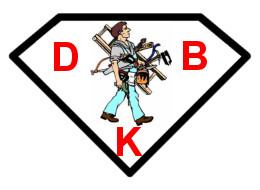| Moment d’essorage T |
? |
Nmm |
| Moment de résistance requis contre l’essorage |
? |
mm3 |
| |
|
|
| Diamètre d pour essorer |
? |
mm |
| Distance d’appui correspondante en cas d’un support libre |
? |
mm |
| Distance correspondante du point d’appui en cas de serrage |
? |
mm |
| Distance d’appui correspondante en cas de déformation β <= 0,001 rad |
? |
mm |
| |
|
|
| Diamètre d pour une déformation inférieure à 0,25 degré/m |
? |
mm |
| Distance d’appui correspondante en cas d’un support libre |
? |
mm |
| Distance correspondante du point d’appui en cas de serrage |
? |
mm |
| Distance d’appui correspondante en cas de déformation β <= 0,001 rad |
? |
mm |




